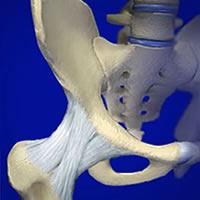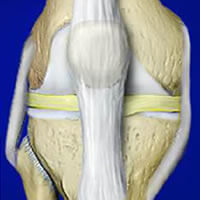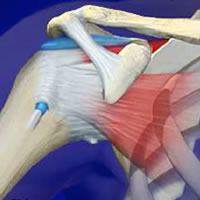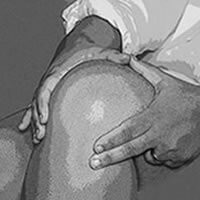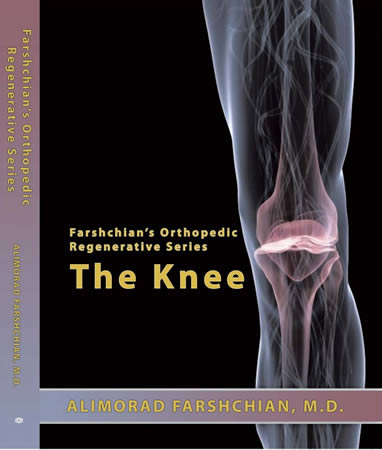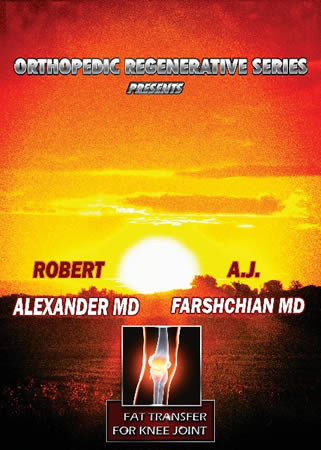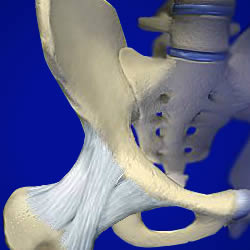Lower Extremities Strength Training Slows Knee Osteoarthritis
- Home
- Case Studies
- Lower Extremities Strength Training Slows Knee Osteoarthritis

Lower Extremities Strength Training Slows Knee Osteoarthritis
At the 10th World Congress on Osteoarthritis in Boston Steven A. Mazzuca, Ph.D. said earlier: Lower-extremity strength training may help to slow down the progression of knee osteoarthritis symptoms in older individuals than do conventional range-of-motion exercises. Several previous studies have linked quadriceps weakness with osteoarthritis, suggesting that weak leg muscles may be a risk factor for the incidence of the condition, said Dr. Mazzuca of the division of rheumatology at Indiana University in Indianapolis. "research has not clearly shown whether exercises designed to improve leg strength can slow the progression of osteoarthritis." Dr. Mazzuca and colleagues randomized a population-based sample of 221 subjects (mean age 69 years) into either a resistance-based strength-training intervention or a range-of-motion intervention. In both groups, subjects exercised three times per week for 12 weeks at a fitness facility, then transitioned to home-based exercise by month 12 and twice-yearly "booster" sessions until month 30. Attendance at scheduled exercise sessions was similar between both groups. Of the original 221 subjects, 154 completed the study, including 72 from the strength-training group and 82 from the range-of-motion group, Dr. Mazzuca said. At 30 months, those individuals randomized to quadriceps strength training retained more strength than did those in the range-of-motion group, and exhibited marginally less frequent progressive joint-space narrowing, said Dr. Mazzuca. "Strength training decreased the rate of joint-space narrowing by 26%" compared with range-of-motion subjects, he said. In addition, the percentage of osteoarthritic knees exhibiting more than 0.50-mm joint-space narrowing was marginally smaller in the strength-training group than it was in the range-of-motion group. However, among knees that were normal at baseline in the strength-training group, the investigators observed an increase in incident joint-space narrowing greater than 0.50 mm, compared with the range-of-motion group. This was a finding that could not be explained, said Dr. Mazzuca. This study supports that lower extremities strength training may help to prevent surgeries and total knee replacement.
Case Study Date: 3/15/2006







